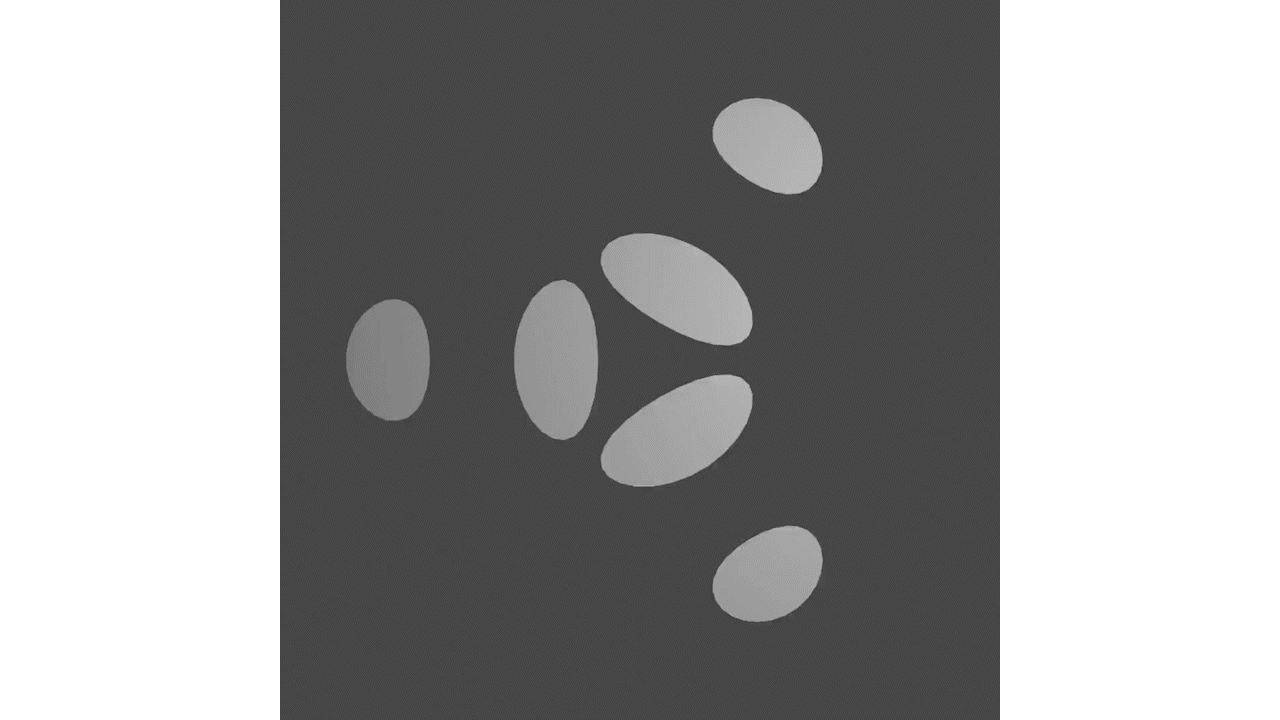3D Modelling & Rendering Work
ATLAS - Form

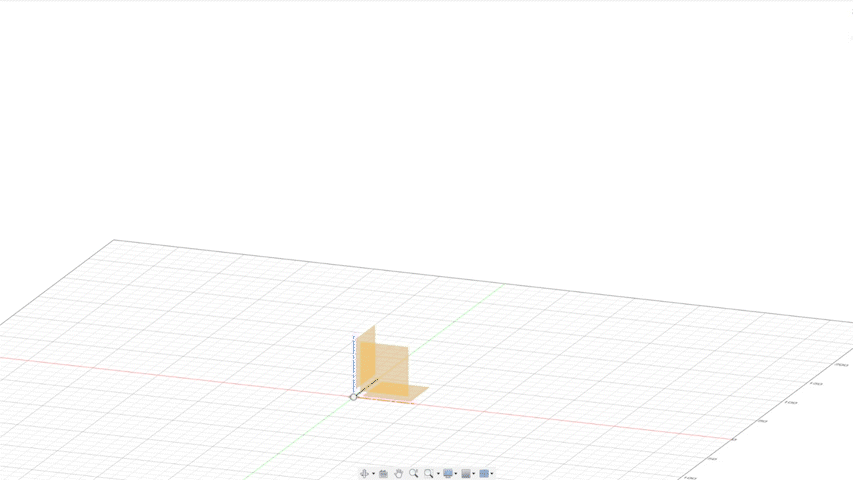
As my first ever experience using AutoCAD Fusion, I wanted to challenge myself a bit and create something from memory. So I chose the Nintendo Wii as a good starting point. It started as a very basic rectangle that I extruded into a box, from there, I was able to bevel the sides to make it appear more accurate to the suble curves on the Wii's plastic shell. Afterwards, I started shaping the back of the console to replicate the diagonal cut the Wii uses for fitting into it's display case. After that, I took to adding the disc drive as an incision and drew the buttons for Eject, Power, and Reset before extruding them out.

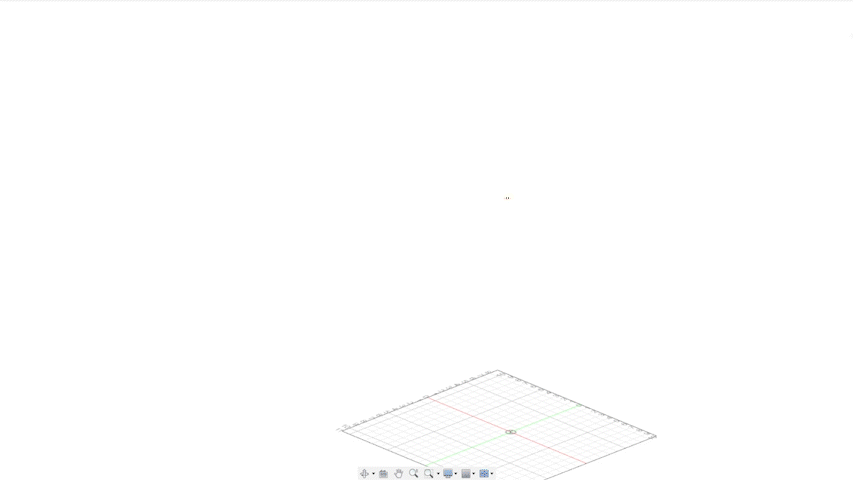

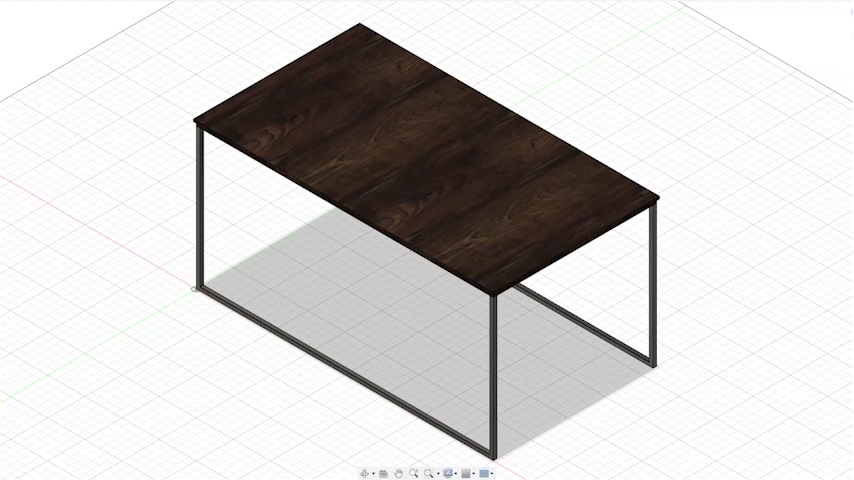
This project involved taking the measurements of real-world chairs and tables before modelling them in AutoCAD fusion. I don't have any pictures of the furniture, but my measurements and illustrations can be seen above. The process for creating the table was straightforward enough, with the hard corners of the table lending itself well to simple modelling. However, the chair required a lot more work, with the wooden seat having a slight curve at the corners that required a beveling technique and the back-support wooden panel requiring a flexed iron pipe to secure it.
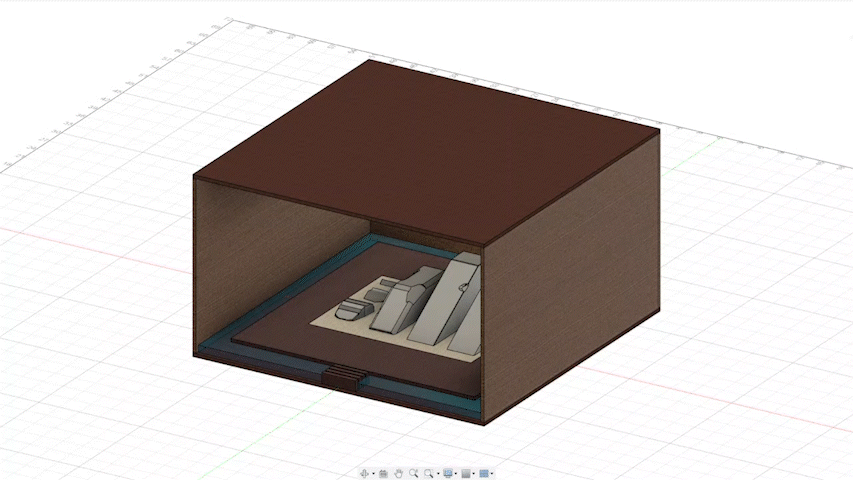
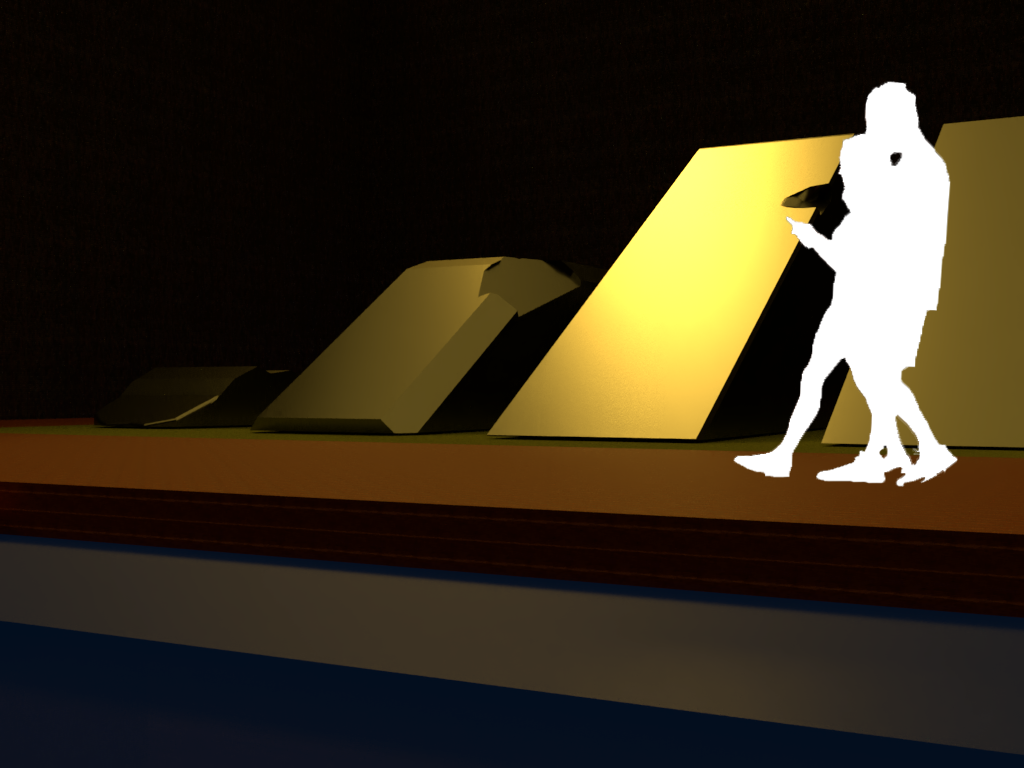
This project was planned out over multiple weeks to create a professional rendering of an installation art piece. I chose to create an immersive experience inspired by the film 'Blade Runner 2049'. The piece has an entry walkway made up of closely packed wooden planks that leads to a large wooden platform surrounded by water. In the center of the platform lies a grassy square that sits below four steel formations. The steel formations are at different levels of decay, to show the passage of time and create a discussion about our manmade buildings and the longevity and sustainability of them. In a real world version of the piece, the water would surely rust the formations over time, giving into the course of nature rather than resisting it. At each stage of decay, the piece remains enjoyable to look at.
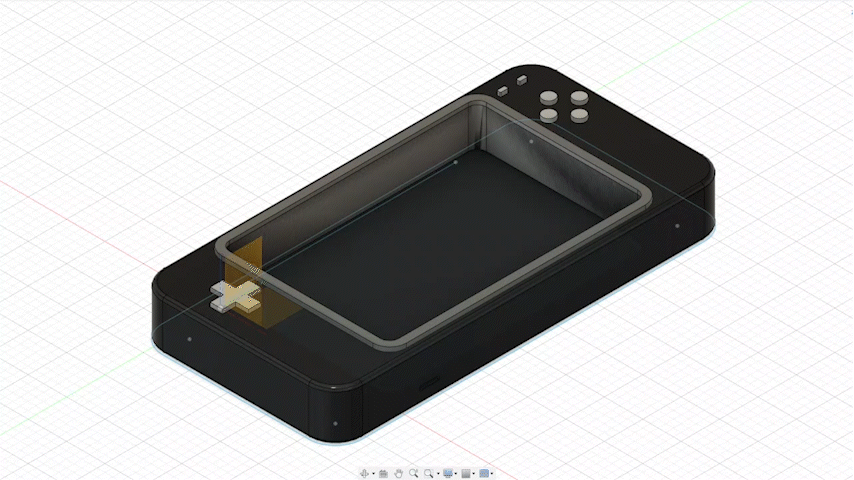
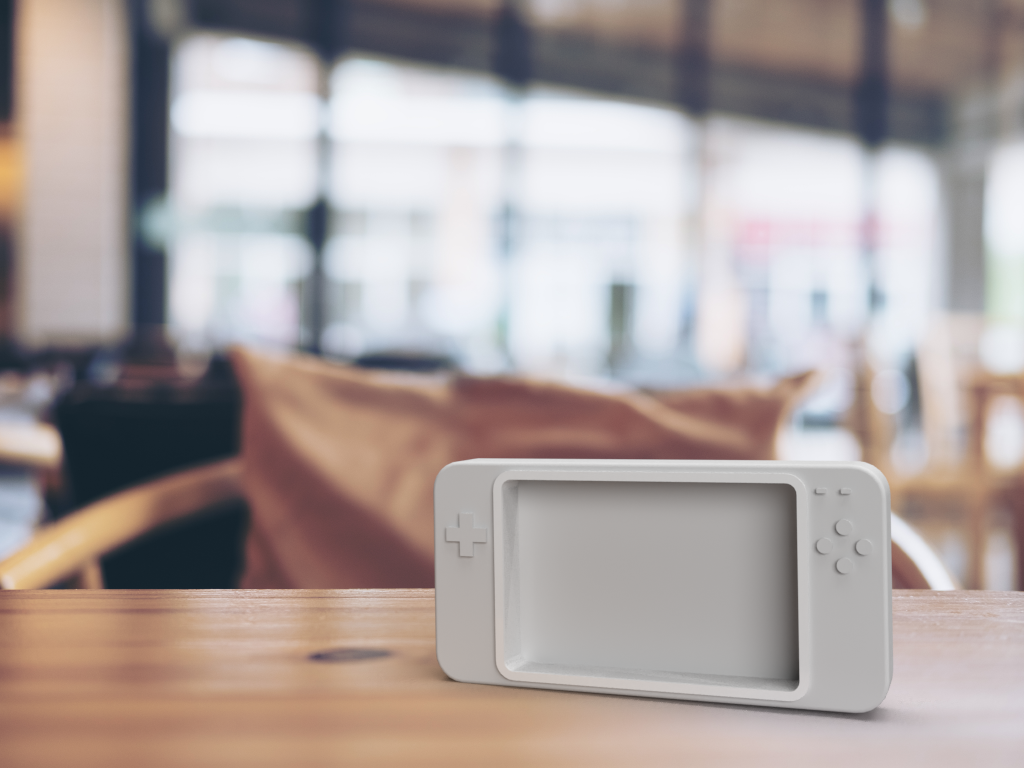
This was actually my third project, we had to make a 3D model that has a real-world use. So I decided to create a case that could hold a Raspberry Pi for portable use. This took more research than you might expect, but luckily the folks at Raspberry Pi provide a 3D model of the circuit board so I could retireve accurate measurements to create a suitable casing.
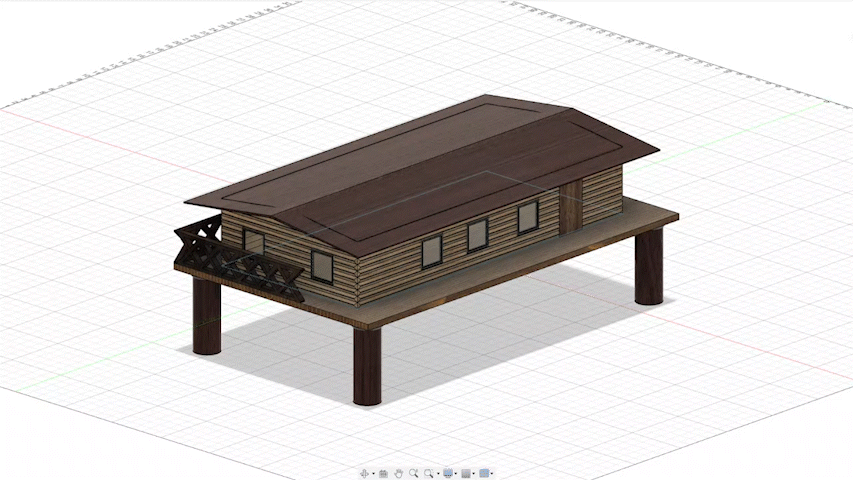
Blender Personal Projects

